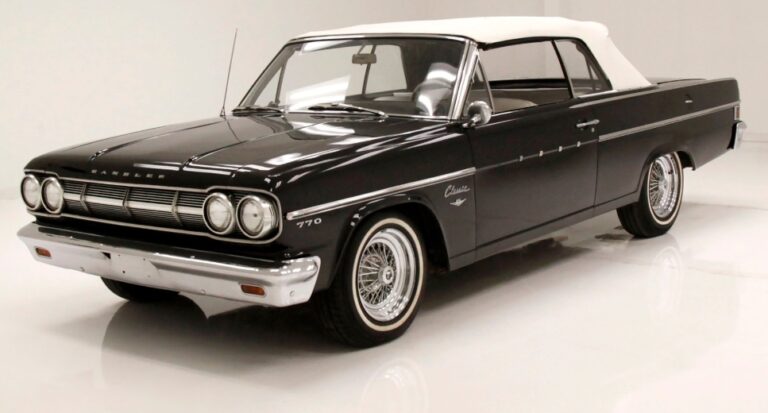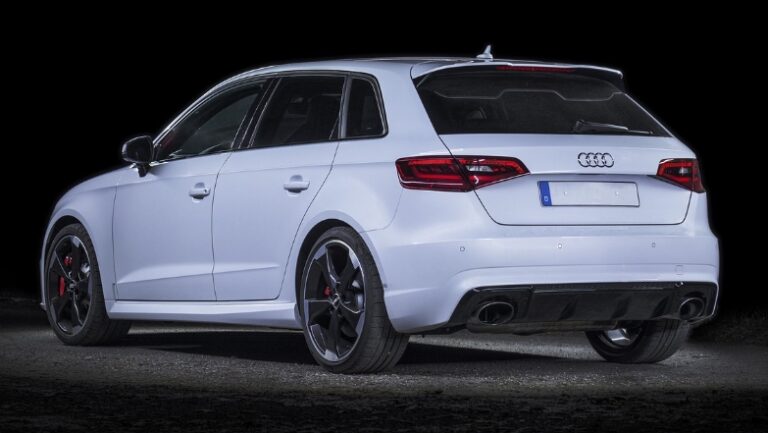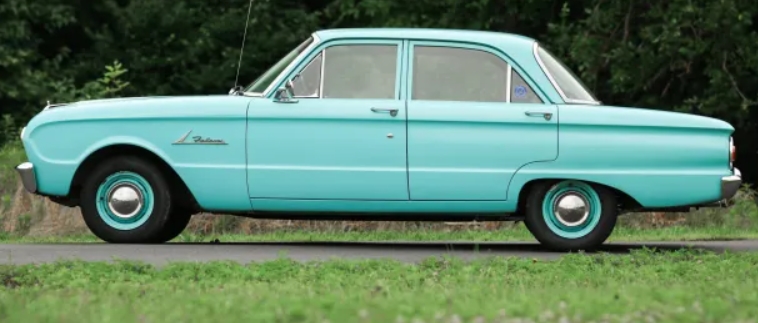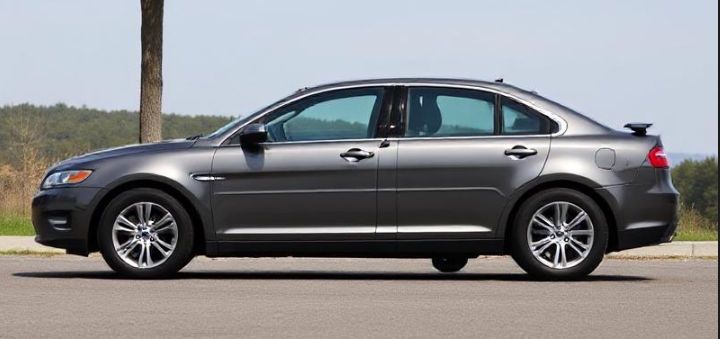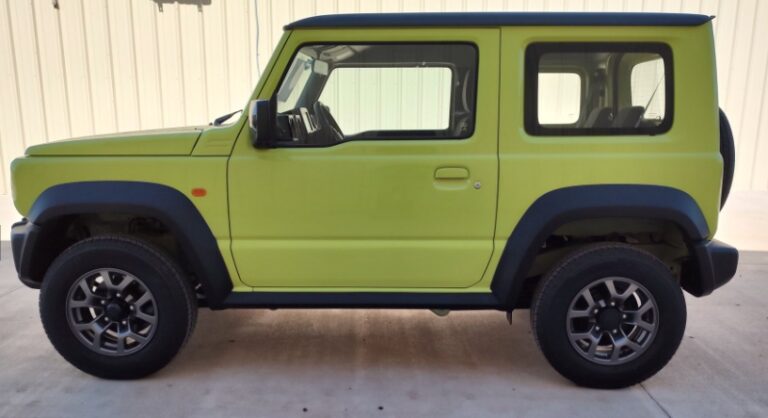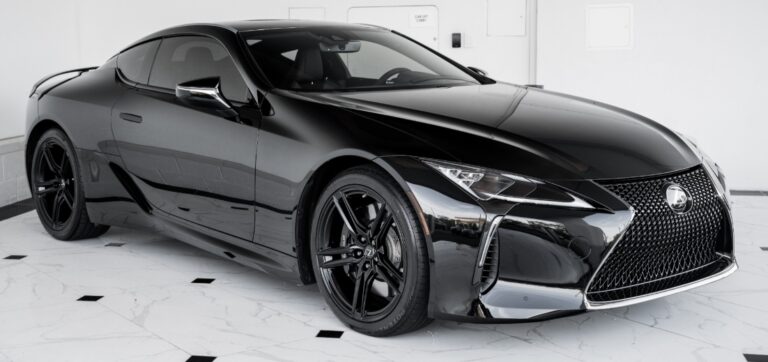The Evolution of Saab 9-3 and 9-5
Saab Automobile, a Swedish manufacturer renowned for its innovative engineering, distinctive design, and emphasis on safety, produced the Saab 9-3 and 9-5 models over several decades. These models represent the core of Saab’s lineup and exemplify the brand’s commitment to combining performance, comfort, and safety. This article traces the evolution of the Saab 9-3 and 9-5, detailing their production years, model variations, and trim levels.
Saab 9-3: From Roots to Modernity
First Generation (1998–2014)
The Saab 9-3 has its origins in the 1998 introduction of the second-generation Saab 900, which was rebranded as the Saab 9-3 in 1998. Although based on the Opel Astra platform, the 9-3 was characterized by Saab’s unique design and engineering philosophy.
Production Years: 1998–2014
Initial Models and Trim Levels (1998–2003):
- Models: 1.8, 2.0 Turbo, 2.0 Aero, Viggen
- Trim Levels:
- Base: Entry-level models with standard features
- SE: Added comfort and convenience features
- Linear: Focused on simplicity and value
- Arc: Higher trim with more amenities
- Aero: Performance-oriented variant with turbocharged engines
- Viggen: Special high-performance version, named after Saab’s historic fighter jet, with a 2.3L turbo engine, sport suspension, and distinctive styling
Notable Features:
- Turbocharged engines starting from the early years
- Optional leather upholstery, premium audio, and sunroof
- Safety features like side airbags, anti-lock brakes (ABS), and traction control
Mid-Cycle Updates (2003–2007):
In 2003, Saab introduced a facelift that included:
- Revised front grille and headlights
- Interior upgrades with improved ergonomics
- Introduction of new engines and transmission options
Later Models and Trim Variants (2007–2014):
- Models: 1.8i, 2.0T, 2.0T Aero, SportCombi, Griffin editions
- Trim Levels:
- Linear: Base models with essential features
- Arc: Mid-range with additional amenities
- Vector: Performance-oriented with sport suspension and aesthetic upgrades
- Aero: Top-tier sporty variant with powerful turbo engines
- Viggen: Continued as a limited edition, high-performance model, especially in earlier years
Special Editions:
- Griffin editions introduced in 2009, emphasizing sporty styling and features
- Cabriolet models (convertibles) offered through the entire generation
Second Generation Saab 9-3 (2014–2019)
Saab’s bankruptcy in 2011 led to the 9-3 being produced by NEVS (National Electric Vehicle Sweden) under license, but production was limited and mainly focused on the Chinese market. The second-generation 9-3 was introduced in 2014, based on the GM/Epsilon II platform but featured significant updates.
Production Years: 2014–2019
Models and Trims:
- Models: Sedan, Sport Sedan, SportCombi (station wagon), Convertible
- Trim Levels:
- Base: Entry-level with essential features
- Linear: Similar to previous Linear trims
- Vector: Sportier suspension and styling cues
- Aero: Higher performance, often with turbocharged engines
- Independantly, some markets included special editions or packages
Powertrain Options:
- Turbocharged four-cylinder petrol engines
- Diesel variants (common in European markets)
- Some models offered with all-wheel drive (AWD)
Features:
- Modern infotainment systems
- Advanced safety features such as adaptive cruise control, lane departure warning
- Premium interior options
Despite its limited production run, the second-generation 9-3 maintained Saab’s reputation for safety, comfort, and distinctive styling.
Saab 9-5: The Flagship Sedan
The Saab 9-5 served as the brand’s flagship sedan, competing in the executive car segment. Its evolution reflects Saab’s focus on comfort, safety, and innovative design.
First Generation Saab 9-5 (1997–2012)
Production Years: 1997–2012 (initially as a 1998 model)
Development and Launch:
- Launched in 1997 as a replacement for the Saab 9000, the 9-5 was based on GM’s G-platform, sharing components with Opel and Vauxhall models.
Models and Trim Levels:
- Models: Sedan and station wagon (SportCombi)
- Trim Levels:
- Linear: Base models with essential features
- Arc: Mid-range with added amenities
- Aero: Performance models with turbocharged engines and sport suspension
- Vector: Top-tier with luxury features and sportier suspension tuning
- V6 variants: Offered with larger engines in certain markets
Engine Options:
- Naturally aspirated and turbocharged four-cylinder engines
- Turbocharged V6 engines in higher trims
- Diesel variants available in Europe
Features:
- Focus on safety, including anti-whiplash head restraints, stability control
- Luxurious interior options
- Advanced sound systems and optional sunroof
Facelift and Updates (2006):
- Exterior styling refreshed with new headlights and grille
- Interior upgrades including improved materials and technology
- Introduction of new engine options, including more efficient units
Second Generation Saab 9-5 (2010–2012)
Saab introduced a heavily facelifted 9-5 in 2010, aiming to modernize the model before the company’s financial troubles led to discontinuation.
Features:
- Modernized design with sharper lines
- Enhanced safety features and infotainment
- Powertrain updates, including turbocharged four-cylinder engines
- Availability of all-wheel drive and advanced suspension systems
Production End:
- The 9-5 was discontinued in 2012 following Saab’s bankruptcy, with only limited new stock remaining in some markets.
We LOVE cars & cruising around, but sometimes day trips to explore new cities are required (with family or friends) for a spice of variety in your life!
So GO explore!
Cruises & Day/Night City Tours to: Baltimore, Boston, Chicago, Marina Del Ray, New York, Niagara, Philadelphia, San Diego, San Francisco, Toronto, Washington DC, etc.:

.
Summary of Key Model Years and Variants
| Model | Production Years | Notable Models / Editions | Engine Options | Unique Features |
|---|---|---|---|---|
| Saab 9-3 (First Gen) | 1998–2014 | Linear, Arc, Vector, Aero, Viggen, Griffin | Turbocharged 4-cyl, V6 (early) | Turbo engines, Viggen high-performance variant |
| Saab 9-3 (Second Gen) | 2014–2019 | Base, Linear, Vector, Aero | Turbo 4-cyl, diesel | Modern safety tech, limited production |
| Saab 9-5 (First Gen) | 1997–2012 | Linear, Arc, Aero, Vector | Turbo 4-cyl, V6, diesel | Focus on safety, luxury |
| Saab 9-5 (Second Gen) | 2010–2012 | Facelifted model | Turbo 4-cyl | Modern styling, tech upgrades |
Conclusion
The Saab 9-3 and 9-5 models have showcased Saab’s dedication to innovative automotive design, safety, and driving enjoyment over the years. From the early days of the 9-3’s sporty Viggen edition to the more refined second-generation models, these cars have embodied a unique blend of Scandinavian engineering and quirky charm.
Despite the challenges faced by Saab, their legacy persists through these models, which remain highly regarded among enthusiasts for their distinctive styling, safety features, and driving dynamics. The evolution of the Saab 9-3 and 9-5 reflects broader shifts in automotive technology and consumer preferences, making them notable chapters in the history of Swedish automotive manufacturing.
Note: Since Saab ceased official production in 2019, current models are primarily available through secondary markets or remaining dealer inventories. Enthusiasts and collectors continue to celebrate these vehicles, ensuring Saab’s innovative spirit endures.


